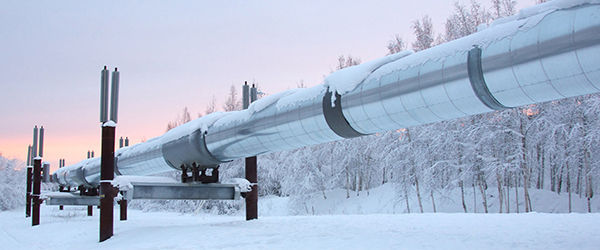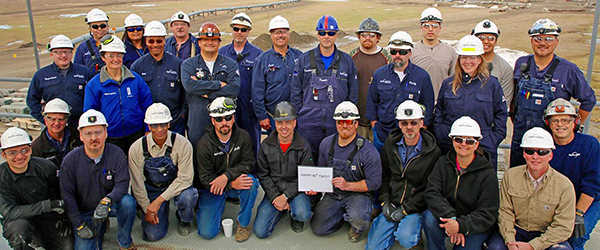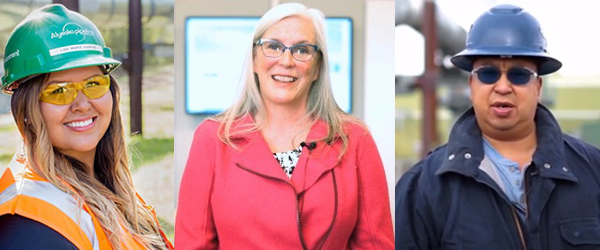1990: Oil Pollution Act – The Global Standard for Oil Spill Prevention and Response
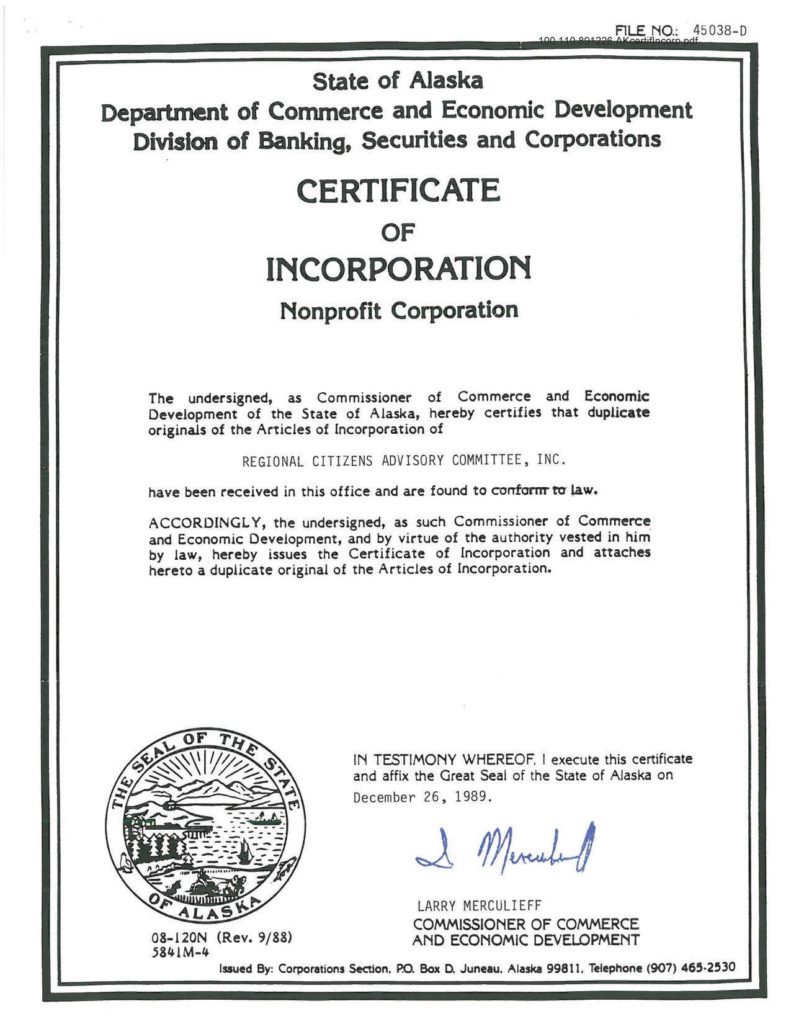 Comprehensive oil spill legislation to update and consolidate oil spill preparation, planning and response generated little interest in Congress until that fateful morning when the Exxon Valdez struck Bligh Reef on March 24, 1989. By the time the spill was brought under control, more than 11 million gallons of crude oil was spilled in Prince William Sound.
Comprehensive oil spill legislation to update and consolidate oil spill preparation, planning and response generated little interest in Congress until that fateful morning when the Exxon Valdez struck Bligh Reef on March 24, 1989. By the time the spill was brought under control, more than 11 million gallons of crude oil was spilled in Prince William Sound.
The Exxon Valdez and other spills occurring between 1989 and 1990 changed the dynamic in Congress. By November 1989, both houses of Congress passed a version of the Oil Pollution Act. Yet, it would take nine months for the House and Senate to reconcile the differences between the bills passed by each body. In August 1990, a final version of the bill was unanimously approved by both the House and the Senate and President George H.W. Bush signed the bill into law on August 18, 1990.
The Oil Pollution Act of 1990 (OPA 90) fundamentally changed how the United States prevents and responds to oil spills. The legislation addressed many critical areas:
- Liability and damages in the event of a spill
- Required vessels carrying oil to establish spill prevention and response plans that must be approved by the U.S. Coast Guard
- Established the Oil Spill Liability Trust Fund (OSLTF) and a funding mechanism that pays for clean-up when a responsible party cannot or will not pay
- Required double-hulls on tankers operating in the waters of the United States
- Required drug and alcohol testing, crew qualifications, and training
- Empowered the U.S. Coast Guard to enforce provisions of OPA 90
“OPA 90 changed how ships are designed and operated world-wide. The U.S. was the largest importer of crude oil in 1990, so the requirements and the standards established by OPA 90 spread around the globe. Vessels and shippers had to comply in order to enter U.S. waters. The direct, measurable result is that marine transportation became safer and more environmentally responsible,” observed Andres Morales, Emergency Preparedness and Response Director for Alyeska Pipeline.
 OPA 90 contained a title with specific requirements for Prince William Sound. The provisions of Title V of OPA 90 direct the operations and requirements for vessels operating in Prince William Sound, including the requirement for vessels and the Valdez Marine Terminal (VMT) to provide for pre-positioned oil spill containment and removal equipment within Prince William Sound boundaries; establishment of an oil spill removal organization in appropriate locations in the Sound; training of local residents in oil removal techniques; semi-annual practice exercises; and periodic testing and certification of equipment.
OPA 90 contained a title with specific requirements for Prince William Sound. The provisions of Title V of OPA 90 direct the operations and requirements for vessels operating in Prince William Sound, including the requirement for vessels and the Valdez Marine Terminal (VMT) to provide for pre-positioned oil spill containment and removal equipment within Prince William Sound boundaries; establishment of an oil spill removal organization in appropriate locations in the Sound; training of local residents in oil removal techniques; semi-annual practice exercises; and periodic testing and certification of equipment.
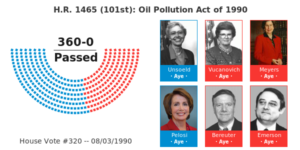
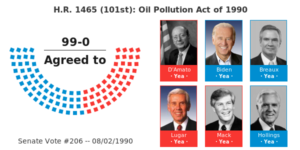 “Prince William Sound was the epicenter of the Exxon Valdez oil spill, and thus the heart of OPA 90,” said Morales. “OPA 90 and Alaska state law require a number of prevention and response standards that are higher and stronger for TAPS trade, than anywhere else in the nation. There is a reason that the most powerful escort tug on earth is in Prince William Sound, and we have five of them. The largest and most capable response barges on earth are in Prince William Sound, and we have four of them,” Morales commented.
“Prince William Sound was the epicenter of the Exxon Valdez oil spill, and thus the heart of OPA 90,” said Morales. “OPA 90 and Alaska state law require a number of prevention and response standards that are higher and stronger for TAPS trade, than anywhere else in the nation. There is a reason that the most powerful escort tug on earth is in Prince William Sound, and we have five of them. The largest and most capable response barges on earth are in Prince William Sound, and we have four of them,” Morales commented.
One of the most significant provisions of OPA 90 developed from the organization of local stakeholders and citizens from around the Exxon Valdez oil spill region. At the recommendation of a group of Cordova fisher, a group of citizens and representatives from various industries came together in July 1989, to meet with Alyeska. By December 1989, the group had solidified and organized as a regional advisory council. In February 1990, the advisory council entered into a contract with Alyeska to establish the council’s work: provide local and regional input, review and monitor Alyeska’s oil spill response and prevention plans and environmental protection capabilities and evaluate actual and potential environmental impacts of the VMT and tanker operations in the Prince William Sound area.
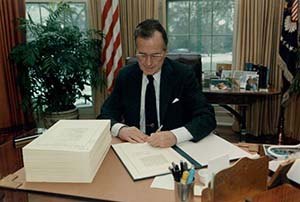
Congress recognized that “a mechanism should be established which fosters the long-term partnership of industry, government, and local communities in overseeing compliance with environmental concerns in the operation of crude oil terminals.” (OPA 1990, Section 5002, Oil Terminal and Oil Tanker Environmental Oversight and Monitoring Act of 1990). Section 5002 was added to the oil pollution act to mandate the establishment of a regional citizens’ advisory council in Prince William Sound, so that the citizens of the area would have a voice, representation, and a role in the operations in the Sound.
Donna Schantz, Prince William Sound Regional Citizens’ Advisory Council (RCAC) Executive Director, emphasized the importance of this provision and the role of the Prince William Sound RCAC.
“The establishment of the citizens’ advisory council provided a mechanism for industry, government and local stakeholders to work together to resolve issues focused on preventing future oil spills and preparing to respond, should prevention measures fail. These partnerships lead to better policies and improved environmental protection.”
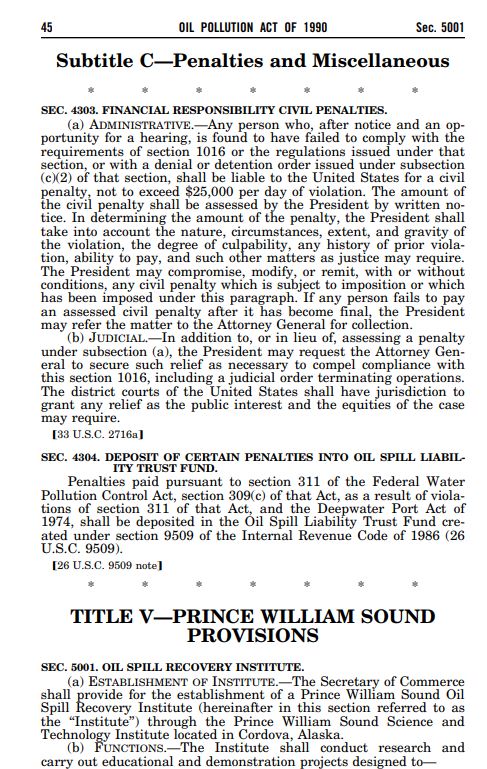
Section 5002 codified many of the responsibilities stipulated in the initial 1989 contract between the regional citizens advisory committee and Alyeska. Once signed into law, the Prince William Sound RCAC was entrusted with reviewing operation and maintenance policies of the oil terminal facility and oil tankers, permits, and site-specific regulations and to monitor environmental impacts of terminal and tanker operations. Federal agencies are required to consult with the council before taking action on all permits, site-specific regulations and related matters. The council is made up of local residents representing communities, Indigenous people, fishing and tourism industries.
The Prince William Sound RCAC is a critical component to operations in the sound that promotes partnership and cooperation among local citizens, industry and government and to provide citizen oversight of environmental compliance by oil terminals and tankers.
OPA 90 also contained one more very specific provision –tank vessels that spilled more than 1,000,000 gallons of oil into the marine environment of Prince William Sound after March 22, 1989, were prohibited from operating on the navigable waters of Prince William Sound, Alaska. This effectively prevented the Exxon Valdez from ever returning to Alaskan waters.
READ MORE 45TH ANNIVERSARY TAPS IN HISTORY STORIES:
1977: June 20, TAPS start-up “We have oil in!” (video)
1980: Yukon River bridge (video)
